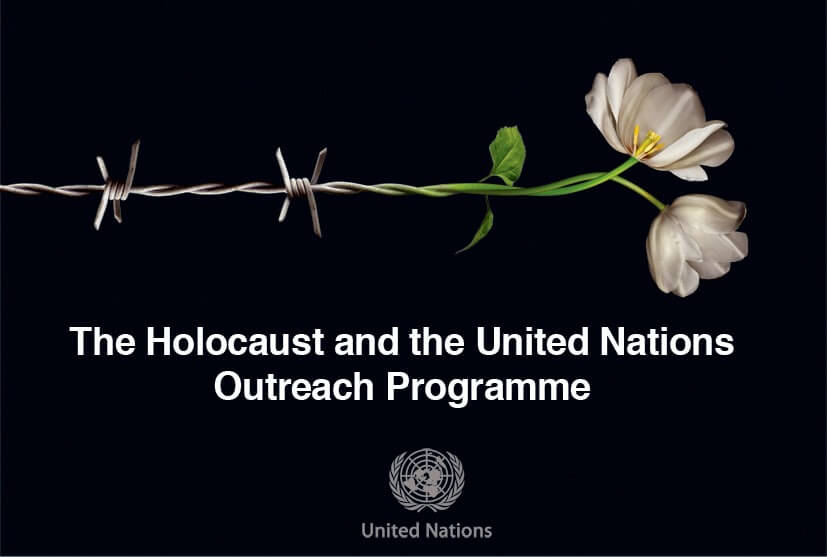Speak of the Holocaust and the first word that many think of is Auschwitz. It was, and is, the most infamous of the concentration camps established by the Nazis. In fact, Auschwitz was not one camp, but rather several. Some sections were labor camps, other parts were specified for (non-Jewish) prisoners of war, and then there was Birkenau (also known as Auschwitz II), which was the Jewish death camp.
On January 27, 1945, the Soviet army arrived at the gates of the already notorious death camp. Nothing could have prepared them for the horrible conditions, the malnourished prisoners or the unimaginable horrors they discovered. When the Red Army arrived, there were fewer than 7,000 prisoners in the camp. Over 50,000 other prisoners had been removed from the camp by the Nazis and sent on the infamous death march. Many died on the road, too weak to march.
The liberation of Auschwitz was an incredibly momentous event. In recognition of that fact, January 27th is now the official date of International Holocaust Remembrance Day,* as sanctioned by the United Nations in November 2005, by General Assembly Resolution 60/7. The resolution, which was initiated by the State of Israel, came after the 60th anniversary of the liberation of Auschwitz, perhaps as a recognition that in a decade or so, the aging survivor community would no longer be able to share their experiences. Resolution 60/7 honored the memory of the Holocaust’s victims, rejected Holocaust denial, called for the preservation of the historical sites that verify the atrocities and pushed for educational programming.
*It should be noted that since 1953, Jews have observed a special Holocaust Memorial Day on 27 Nisan, Yom Hashoah. Many traditional Jews mourn those who perished in the Holocaust on Tisha b’Av, the ninth of Av.
This Treat was originally posted on January 27, 2014.

Copyright © 2021 NJOP. All rights reserved.
If you like what you’ve read here, signup to get notifications about new treats.
Related Posts
Judge Fairly
The Sixth Amendment in the United States’ Bill of Rights (requiring a speedy trial,…
0 Comments2 Minutes
Be Fair
Try to remain impartial when hearing the dispute of others. In this week’s Torah…
0 Comments1 Minutes
Judaism at the Barber
On February 20, 1816, Rossini’s classic opera, The Barber of Seville, premiered at the…
0 Comments3 Minutes
 Print This Page
Print This Page